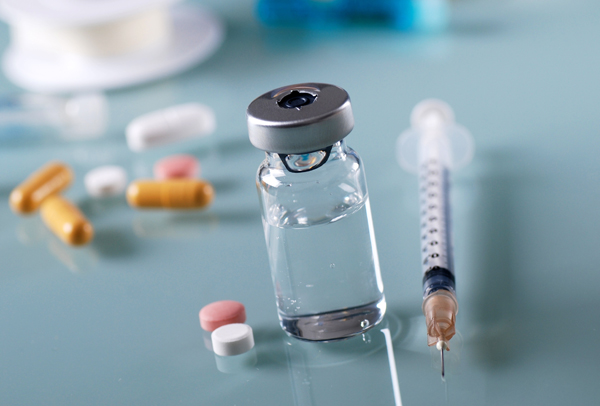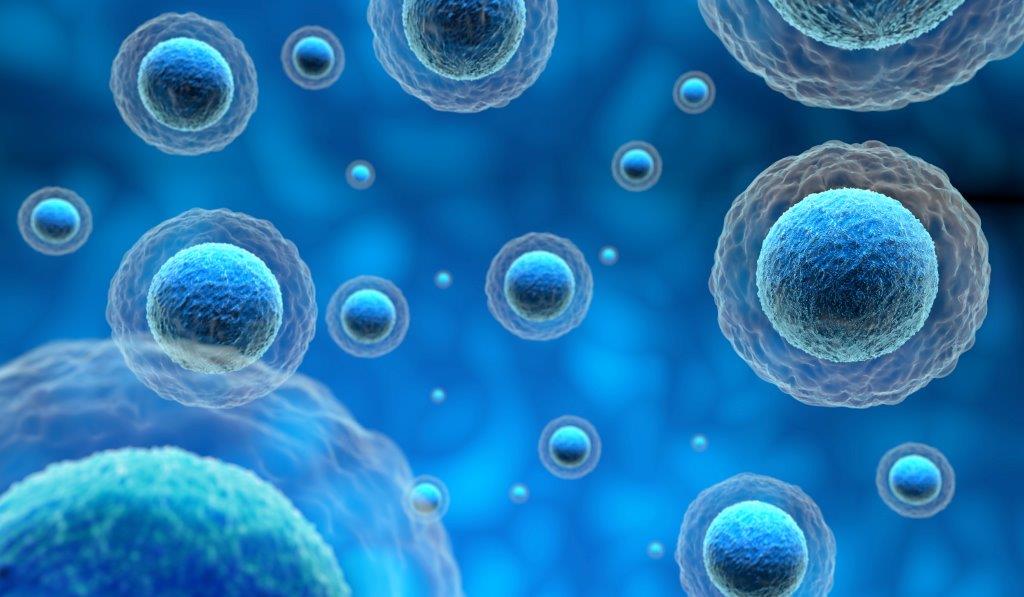A DNA sequencing-based urine test to detect gene mutations associated with bladder cancer has been developed by researchers at The Johns Hopkins Kimmel Cancer Center. Using urine samples collected for other diagnostic tests, the UroSEEK is able to detect 11 different gene mutations or chromosomal abnormalities indicative of urothelial cancers.
While cytology is currently the dominant method of noninvasively diagnosing bladder cancer, this method is often unable to detect low-grade tumors. The Johns Hopkins researchers – who published their findings in the journal eLife – suggest that the UroSEEK could be used in concert with traditional cytology to improve early detection of bladder cancer and monitor the post-treatment status of those being treated for the disease.
“There were nearly 80,000 new cases of bladder cancer and more than 18,000 deaths in 2017,” said Dr. George Netto, a senior author on the UroSEEK paper, formerly at The Johns Hopkins University and currently chair of pathology at the University of Alabama-Birmingham. “This is about using the urine to detect the cancer. UroSEEK is a method of detection that many people have tried to find that is noninvasive.”
Netto and his team have also developed CancerSEEK and PapSEEK, two diagnostics that use a blood sample or cervical fluid, respectively, to detect various cancer types, including endometrial and ovarian cancers. Their UroSEEK assay is designed for at-risk patients, including those who smoke or have noticed blood in their urine.
“In almost one-third of patients, bladder cancer detection is late. The cancer has already gotten into the surrounding muscle,” said Netto. “Even in those detected at an earlier stage, the tumors frequently recur. Patients are committed to a lifelong surveillance that requires invasive cystoscopy procedures and biopsies and is costly.”
Using UroSEEK alone, the DNA-based test was 83 percent positive at detecting the presence of bladder cancer in a trial of 570 at-risk patients. This sensitivity was increased to 95 percent when cytology was used to confirm the results.
What’s more, the UroSEEK diagnostic was able to accurately detect 71 percent of mutations in 322 patients who were previously treated for bladder cancer. Since bladder cancer has a high rate of recurrence after treatment, and cytology was only able to detect these mutations in patients under surveillance 25 percent of the time, the UroSEEK could help physicians identify and treat relapsing patients faster.
“When you combine them, you get better results,” said Dr. Nickolas Papadopoulos, a senior author and an investigator at the Ludwig Center at Johns Hopkins. “Side by side, UroSEEK has better sensitivity. There are some cases when cytology detects when UroSEEK doesn’t. Combining them produces the best results.”
The researchers explain that while so-called liquid biopsies have largely been developed to detect DNA mutations in blood samples, their decision to use urine to test for bladder cancer increased the sensitivity and specificity of the UroSEEK diagnostic. This test could also be used to make decisions about which patients should undergo cystoscopy – a procedure in which a scope is used to visualized the urethra and bladder – which could offer significant cost savings to the healthcare system.










Join or login to leave a comment
JOIN LOGIN